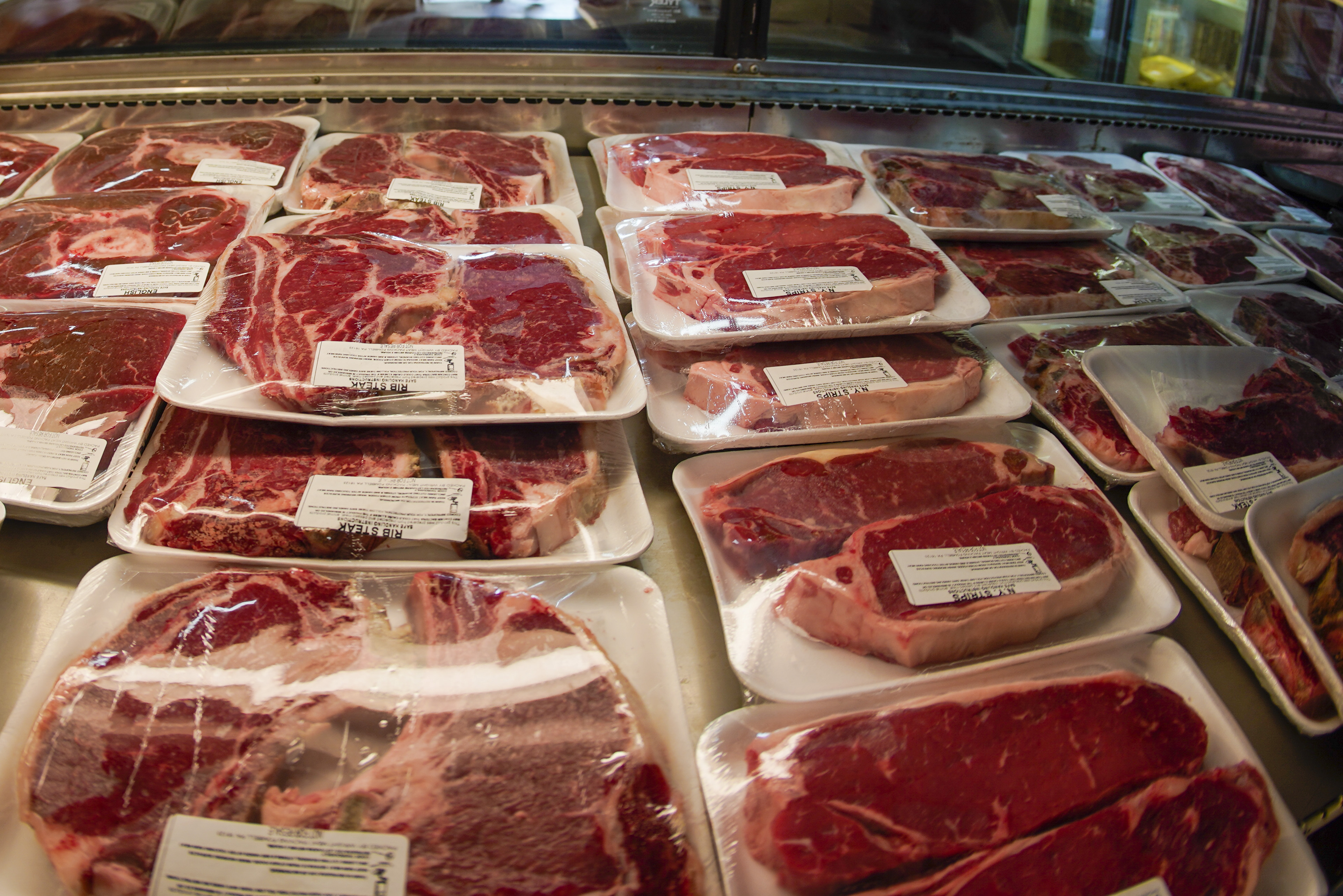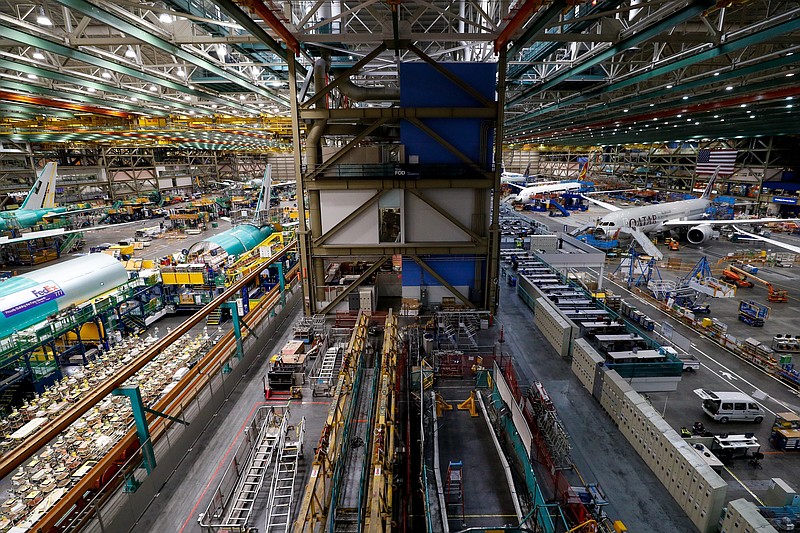WASHINGTON -- The U.S. economy shrank at a 1.6% annual pace in the first three months of the year, the government reported Wednesday in a slight downgrade from its previous estimate for January-March quarter.
It was the first drop in gross domestic product -- the broadest measure of economic output -- since the second quarter of 2020, in the depths of the covid-19 recession, and followed a strong 6.9% expansion in the final three months of 2021. Inflation is running at 40-year highs, and consumer confidence is sinking.
Last month, the Commerce Department had pegged first-quarter GDP growth at 1.5%. But on its third and final estimate Wednesday the department said consumer spending -- which accounts for about two-thirds of economic output -- was substantially weaker than it had calculated earlier, growing at a 1.8% annual pace instead of the 3.1% it estimated in May.
That was partly offset by a revision to its calculation of business inventories. Commerce said that reduced restocking of company shelves had shaved less than 0.4 percentage points from first-quarter growth, down from the 1.1 percentage point hit it estimated in May.
Still, the negative GDP number probably doesn't signal the start of a recession, and economists expect growth to resume later this year.
The first-quarter dip was largely caused by an actor that doesn't say much about the underlying health of the economy: A bigger trade deficit -- reflecting Americans' appetite for foreign goods and services -- slashed 3.2 percentage points off the change in January-March GDP.
Business investment grew a healthy 5%.
Still, the U.S. economy, which has enjoyed a brisk recovery from 2020′s short but devastating coronavirus recession, is under pressure as the Federal Reserve raises interest rates to rein in inflation that's running at a 40-year high.
The rebound caught businesses by surprise, and an unexpected surge in customer orders overwhelmed factories, ports and freight yards, leading to shortages, delays and higher prices. In May, consumer prices rose 8.6% from a year earlier, biggest year-over-year jump since 1981.
In response, the Fed sped up its plan to raise interest rates, moving up its benchmark short-term rate by three-quarters of a percentage point, the heftiest increase since 1994. The Fed hopes to achieve a so-called soft landing -- slowing economic growth just enough to bring inflation down it its 2% target without causing a recession.
Higher borrowing costs are already pinching the housing market.
For the full year, the economy is still expected to turn in respectable growth: 2.5%, according to the World Bank.
Federal Reserve Chair Jerome Powell said Wednesday that it was unclear whether the global pressures that kept price increases slow and steady for years before the pandemic would ever return -- and he underlined that it was critical for the central bank to stabilize prices in a new and more disrupted world.
"We've lived through a period of disinflationary forces around the world," Powell said Wednesday, speaking on a panel alongside the heads of the European Central Bank and the Bank of England. "Since the pandemic, we've been living in a world where the economy is being driven by very different forces, and we know that. What we don't know is whether we will be going back to something that looks more like, or a little bit like, what we had before."
He added, "We suspect that it will be kind of a blend."
Powell acknowledged that slowing the economy to try to control inflation is "highly likely to involve some pain." But he noted that "the worse pain would be from failing to address this high inflation and allowing it to become persistent."
Information for this article was contributed by Jeanna Smialek of The New York Times.
 In this photo made on Thursday, June 16, 2022, rows of fresh cut beef is in the coolers of the retail section at the Wight's Meat Packing facility in Fombell, Pa. The U.S. economy shrank at a 1.6% annual pace in the first three months of the year even though consumers and businesses kept spending at a healthy pace, the government reported Wednesday, June 29, in a slight downgrade from its previous estimate for January-March quarter. (AP Photo/Keith Srakocic)
In this photo made on Thursday, June 16, 2022, rows of fresh cut beef is in the coolers of the retail section at the Wight's Meat Packing facility in Fombell, Pa. The U.S. economy shrank at a 1.6% annual pace in the first three months of the year even though consumers and businesses kept spending at a healthy pace, the government reported Wednesday, June 29, in a slight downgrade from its previous estimate for January-March quarter. (AP Photo/Keith Srakocic)